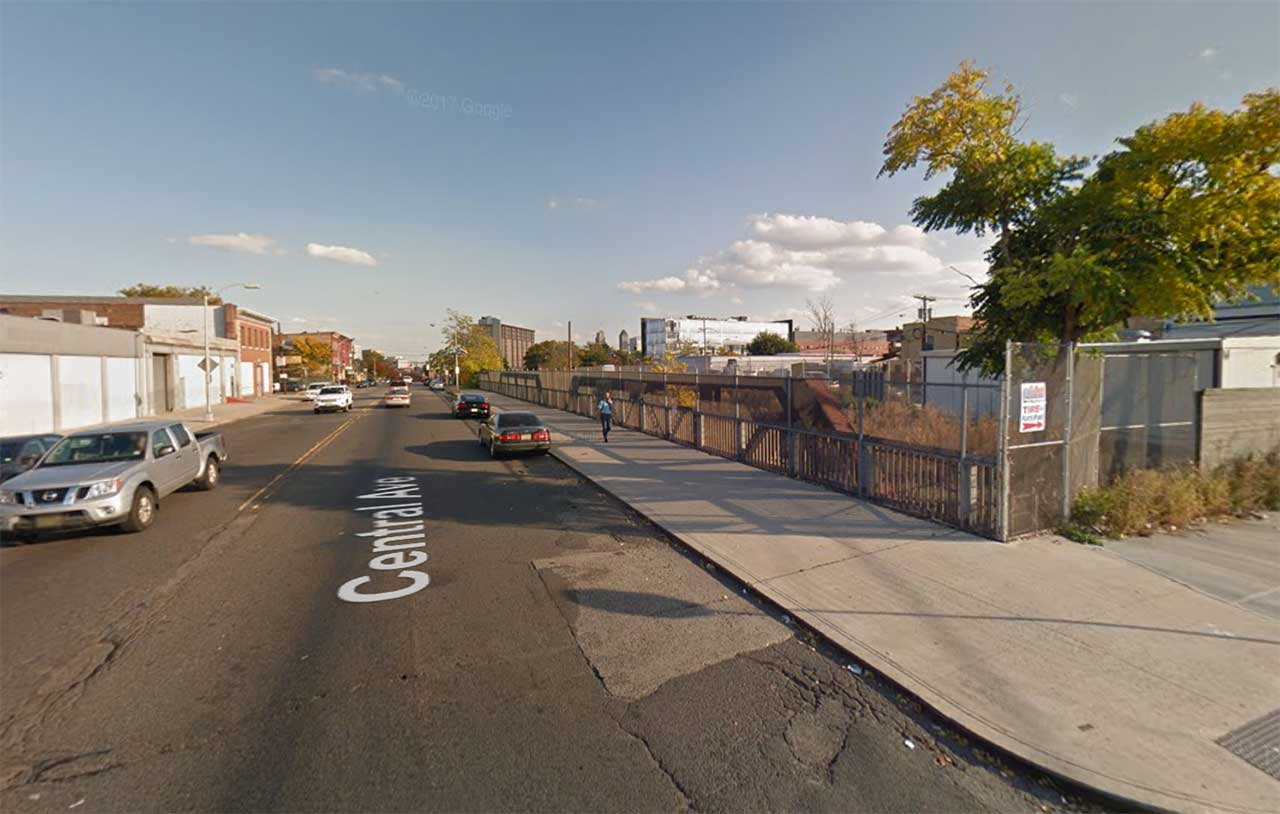
Thousands of residents and commuters nonchalantly drive over or take the train under the Central Avenue Bridge in Newark every day, but a new report is raising questions over whether the structure is safe.
The City of Newark, the New Jersey and United States Departments of Transportation, and the North Jersey Transportation Planning Authority, have commissioned a Local Concept Development Study regarding the safety of the bridge, which is hidden in plain sight. Located at the corner of Hudson Street in the Central Ward, the structure carries Central Avenue over the main Newark Light Rail line, both of which are major thoroughfares linking several Essex County municipalities. Central Avenue, a county road that runs from West Orange to Broad Street, is heavily used by commuters heading to Downtown Newark and The Oranges, as well as Coach USA’s 44 Bus. Meanwhile, the Newark Light Rail, previously known as the Newark City Subway, links suburban Bloomfield and Belleville with Newark’s North Ward and Newark Penn Station.
Built in 1908, the pony truss bridge is so old that for the first several years of its existence, the Newark City Subway did not even exist yet. At the time, the bridge crossed over the Morris Canal as it traveled from Phillipsburg to Jersey City. In 1935, after the canal was closed, the first part of what was then known as the #7 trolley opened under the bridge.
Now, over a century after it opened to traffic, days of the bridge remaining in its current condition might be numbered. According to a report by the study’s consultant, Michael Baker International, “the Central Avenue Bridge is structurally deficient and functionally obsolete.” The document goes on to state that although the deck is fair, the superstructure is in poor condition, and the bridge has a sufficiency rating of 31 out of 100.
The poor condition of the superstructure comes from “section loss in several truss members, floor beams, and girders,” as well as “moderate to heavy laminar rust to the top and bottom flanges” on several floor beams. Several holes also exist in throughout the bridge, and there are cracks and missing mortar.
Within the report, which describes the 118-foot bridge as “a critical piece of Newark’s infrastructure” that “provides an important multimodal link within the regional transportation network,” there are goals calling for avoiding delays, disruptions and impacts to local resources, providing compatibility for bicyclists, including pedestrian crossings that are compliant with the Americans with Disabilities Act, and avoiding or minimizing disruptions to the roadway and light rail service while “implement[ing] context sensitive design solutions.” According to the project website, potential actions include a major rehabilitation or a replacement of the bridge.
Officials with the North Jersey Transportation Planning Authority have been attempting to gain public input regarding what residents and commuters feel should be the future of the Central Avenue Bridge. A public meeting was held at the New Jersey Institute of Technology in March, and a community input survey was released in the spring, though it only had a 6.8 percent participation rate.